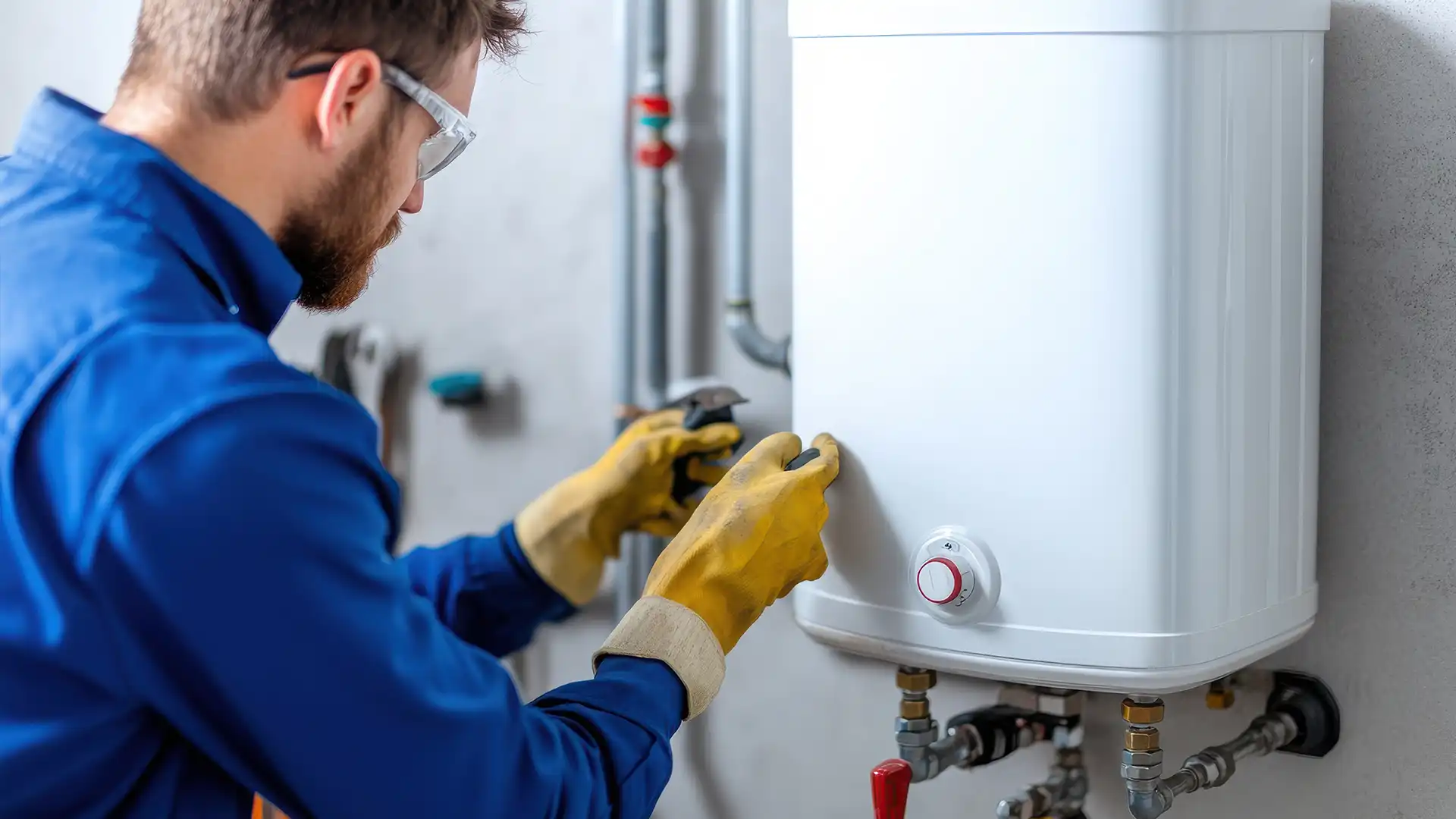Best Proven Methods to Check for an HVAC Leak
When an HVAC system is functioning properly, its refrigerant level shouldn’t drop. That’s because the refrigerant isn’t consumed or used up – it simply circulates in a sealed loop, absorbing heat from the indoor air through the evaporator coil, and expelling it outside through the condenser coil. When there’s an HVAC leak and refrigerant is being lost, you’ll likely see some distinctive warning signs:

Rising Utility Bills
When the refrigerant level is low, your system will cycle longer and consume extra energy to reach the temperature setting on your thermostat.
Drop in Cooling Capabilities
When refrigerant is lost, there’s a corresponding loss in the system’s cooling capabilities. This can leave the air in your home feeling sticky and never cool enough, even when you’ve dialed back the thermostat setting.
Warmer Air Coming From the Registers
When you check the temperature of the air coming from your A/C vents, you’ll notice that it feels warmer than usual.
Hissing Sounds From the Coils
A refrigerant leak in the evaporator or condenser coils can cause a telltale hissing or gurgling sound. Even if you don’t hear these sounds, you can still have a leak somewhere in the refrigerant lines.
Frozen Evaporator Coil
When the system’s refrigerant level is low because of a leak, heat absorption through the evaporator coil can start to decline. Over time, condensation on the coil will start to freeze and build up.
If you recognize the above signs and suspect you have a leak, it’s wise to have a skilled HVAC technician investigate further. An experienced technician will know the best proven detection methods to try, such as:
- Applying soapy water on possible leak sources to see if bubbles form.
- Putting fluorescent dye in the refrigerant line, then locating leak sources using ultraviolet (UV) light.
- Employing a technologically-advanced electronic detector that uses infrared light, corona discharge, ultrasonic sound, or heated diode/electrolyte.
Once the leak source is identified, your technician can make any necessary repairs, and then recharge your system with refrigerant.

